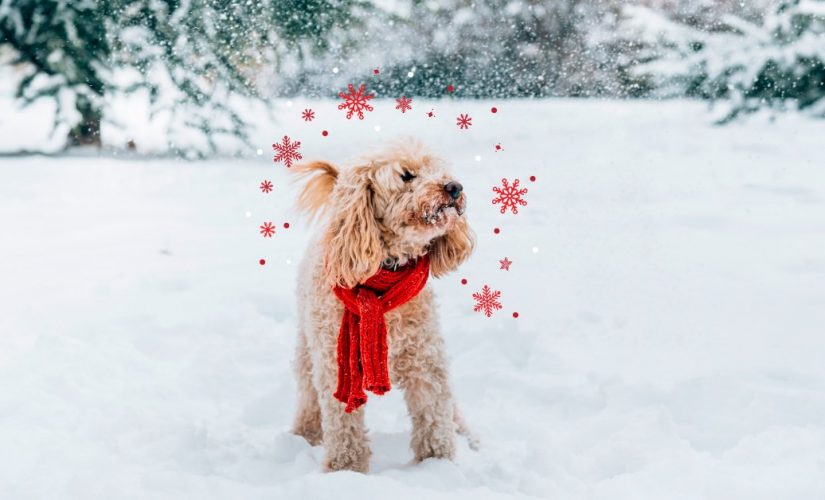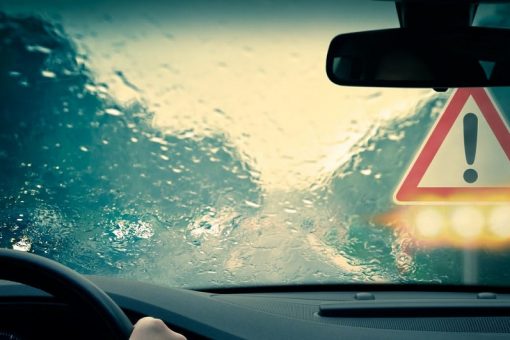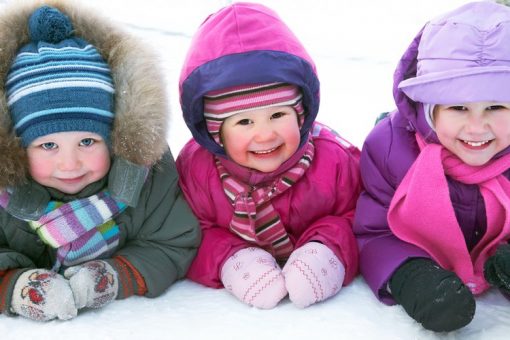Many people worry about their dogs during the winter. The cold weather, the snow and the ice that gets between the legs, the little light of the short days … All these things can affect our dogs and their health. Fortunately, there are many things that can be done to alleviate these problems and that both you and your four-legged friend enjoy a safer and happier winter. Here we leave you our practical winter guide …
Take a safe ride
One of the most important things during winter is to maintain visibility at night. If you want to make sure drivers see you walking your dog, you can both wear a reflective vest. You can also try LED collars and security lights, which are very effective and visible.
If you are going to walk your dog in places with ice or snow, we recommend that you always do it on a leash. This way, you will avoid compromising situations, such as your friend running off into a frozen pond or another water source. You also have to know that dogs get lost more easily in the snow since everything seems the same to them and they do not orient themselves well. The closer you have them, the safer they will be.
Defying the cold
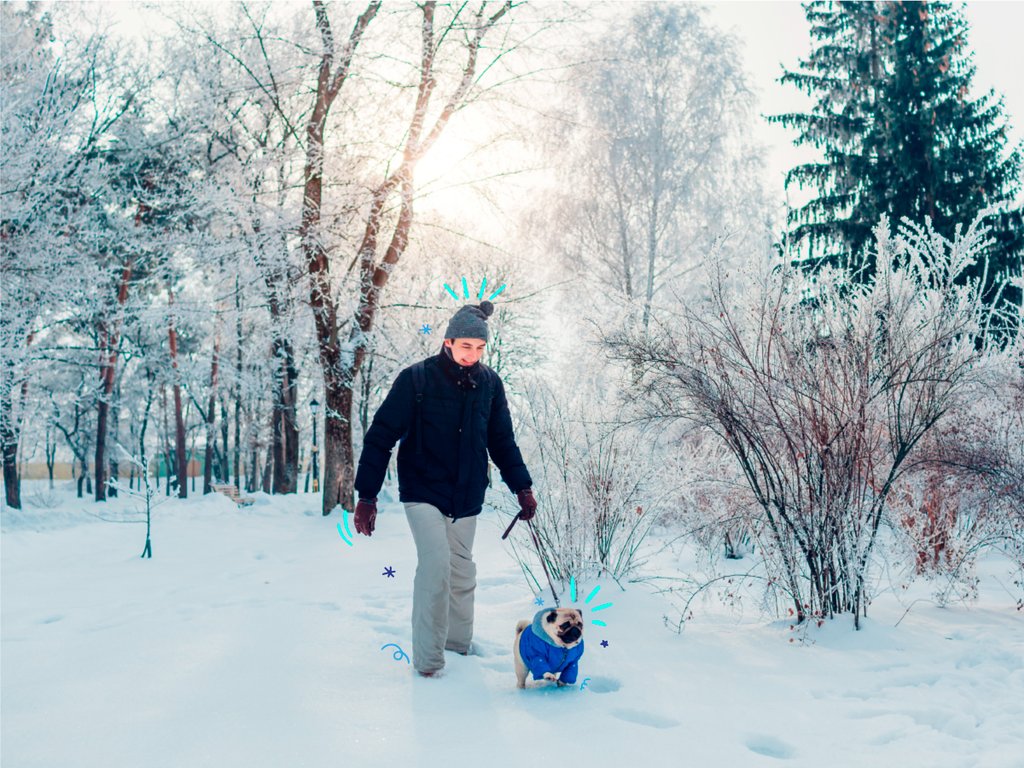
Not all dogs have thick fur. Dogs that have little hair need an extra coat. You just have to take a look on the internet and you can find a lot of winter clothes for dogs, of all sizes and colors.
Puppies and older dogs will appreciate this extra layer of warmth the most, as they are more sensitive to extreme temperatures and have difficulty regulating their body temperature.
Tips to take care of the legs
It is important to check that the dogs’ legs are well before and after leaving the house for a walk. In particular, if the dog has long hair between the toes, help keep it clean. Ice, snow, and spilled salt can become encrusted and very uncomfortable for dogs. If this becomes a recurring problem, it may be better to trim the hairs so that they are at the height of the pads or, why not, buy him some winter boots for dogs.
In the event that your dog does not have long hair on its legs, it is also recommended that you rinse those parts a little with warm or hot water when returning from the winter walk. The cold can even cause small cracks when drying the pads, so it is not a bad idea if you put a little moisturizer on pets.
What do we do when there is snow?
The snow is very beautiful, but you have to take several things into account. First of all, nothing happens if your dog eats a little snow, although you have to control that it is not much. If he eats too much snow, it can cause diarrhea or even lower his body temperature.
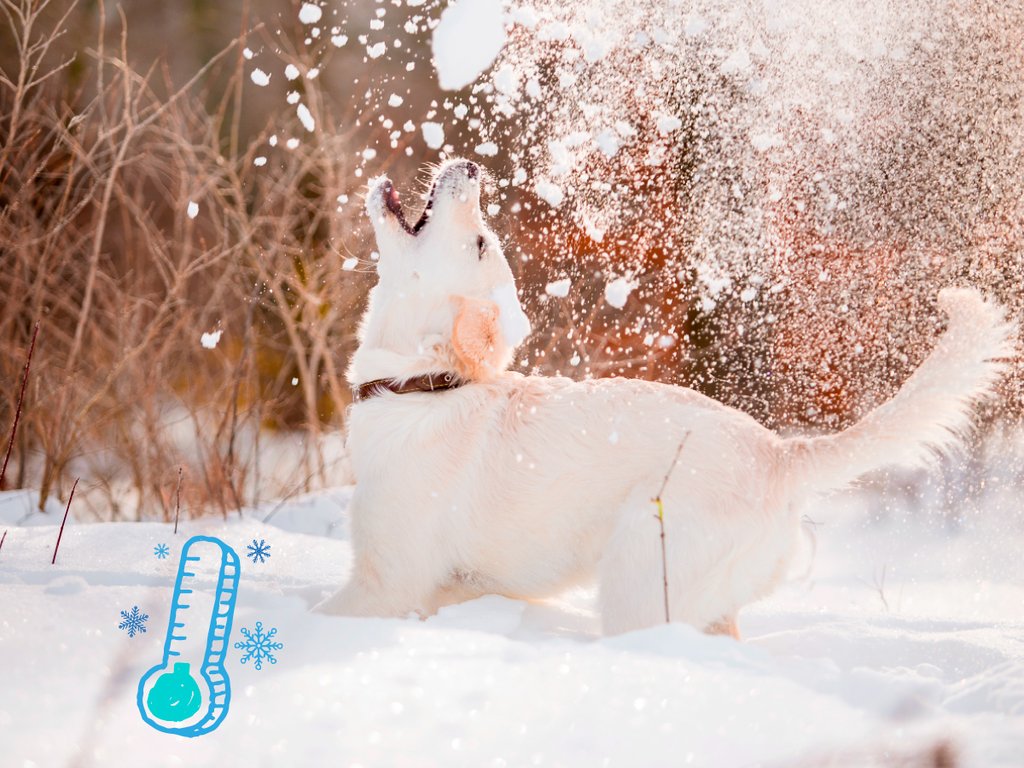
However, what worries us most about snow and ice are antifreeze products and the salt that is often thrown on the ground. Salt is not comfortable for the legs, but if ingested it can cause vomiting, diarrhea, or even cause circulation problems. Antifreeze is even more of a concern. If a small dog consumes an amount equivalent to a teaspoon of antifreeze he can suffer kidney failure or liver problems, so you better be careful with that.
We hope that this practical guide to winter safety can help you a little and that you can go for a walk with your dog with all the confidence and peace of mind. Winter is a beautiful time to do it!

